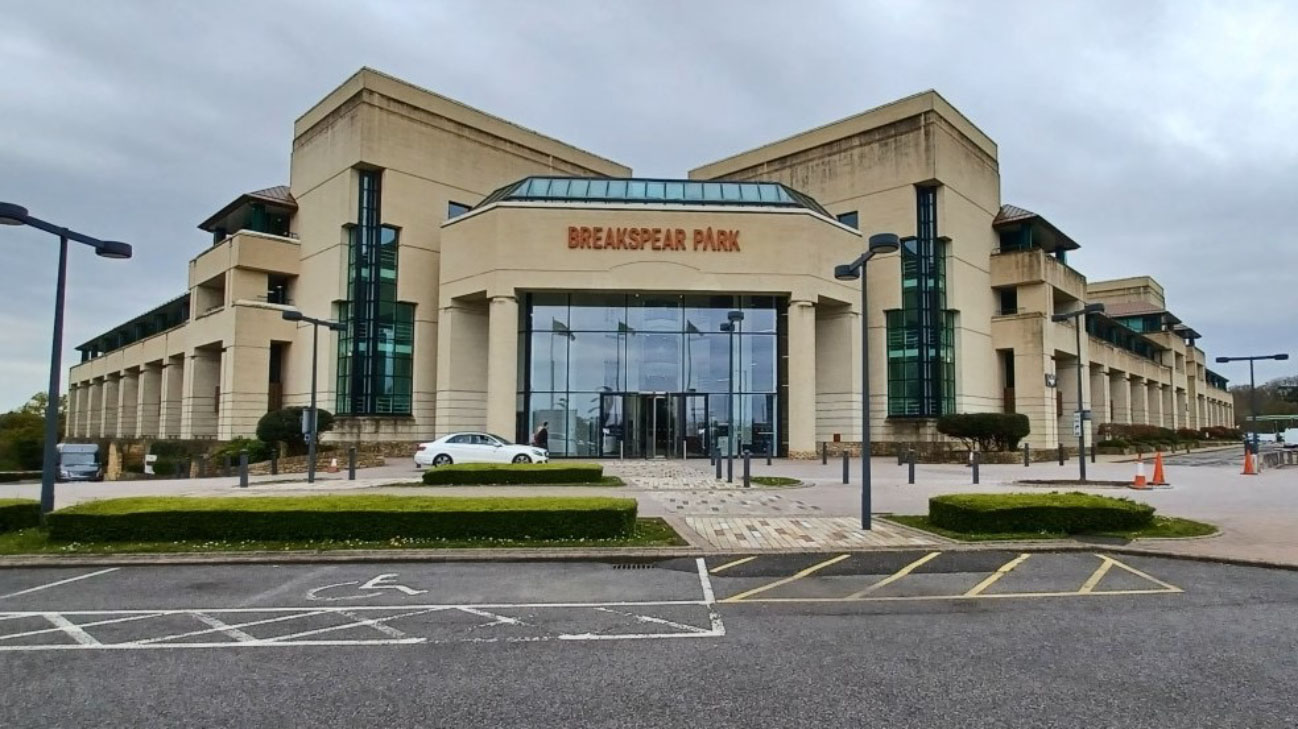Viewpoint: Building Safety Fund — a case study from application to appeal
Residential & Student | David Hollingsworth | 5 July 2021The Building Safety Fund (the Fund) was announced in May 2020, with £1bn of funding to remove unsafe combustible cladding from private rented residential blocks over 18m tall, where there is no other recourse.
Background
The message from government was clear: “Today I am launching our £1 billion fund to remove unsafe non-ACM cladding from buildings. This is work that must take place as an absolute priority to keep residents safe …”, Robert Jenrick MP, Housing Secretary.
The Fund was then extended by a further £3.5b in February 2021. And in December 2020 the application date for funding was extended until 30 June 2021, with eligible remediation works to commence by 30 September 2021.
Despite the fanfare of announcements and extensions to deadlines, this is undoubtedly a complex issue and clearly never going to be a smooth and simple process to fix.
Notwithstanding the intentions of the Fund’s headlines, as with all schemes, the devil is in the detail, or at least someone’s interpretation of it, and this is where we are facing a new set of challenges.
CASE STUDY
On a scheme that we are project managing, the Fund is taking a very narrow view of the definition of “combustible cladding” and therefore what costs will be eligible for funding from the Stage 2 funding submission.
Currently, this is resulting in only a small proportion of the external wall systems being made fire safe, with the majority of the elevations still having a risk of fire spread, all because the outer cladding material is non-combustible. The construction inside the outer skin is combustible with missing and incorrectly installed fire cavity barriers and fire stopping.
The Fund’s decision is being appealed, so we cannot comment in detail. Yet we understand that our scheme is not alone in such appeals, all of which creates delay and uncertainty for all involved, particularly those living in the unsafe flats.
Should the appeal be rejected, the works will still need to be done, and a likely outcome being an application for the government backed cladding loan scheme. Yet with the details of the scheme yet to be published, beyond repayments said to be capped at £50 a month, residents are struggling to understand their liabilities.
Limited scope
The drafting of the Fund’s scheme is deliberately focused narrowly on replacing combustible cladding. Anything behind the façade of the building is not eligible, and it appears residents must pay to fix issues they had no hand in creating.
Whilst that may be the only option in many cases, the eligibility criteria is such that it actually precludes any consideration of other fire risk mitigation measures that might be applicable (in certain circumstances) to provide wider fire safety risk reductions to the building as a whole, not just the external cladding.
So, it seems that the start and end point of the Fund is simply to replace combustible cladding, with no scope to consider what the most cost effective means is of also reducing the fire safety risk of the combustible cladding.
A more integrated approach
With limited funding, and as well as a limited pool of fire engineers, cladding consultants, specialist cladding contractors and now material supply issues, surely fire safety should be viewed more holistically rather than with a focus on individual components?
Talk to us
If you have any comments or questions regarding fire safety, get in touch with either Martin Hunt or David Hollingsworth who will be pleased to talk with you.










